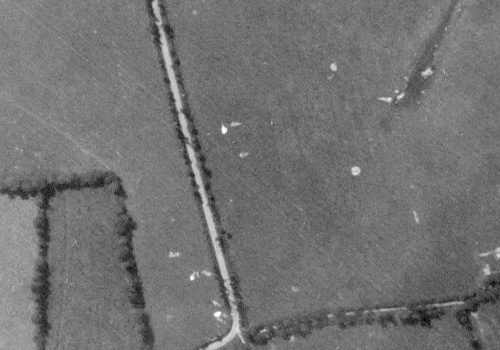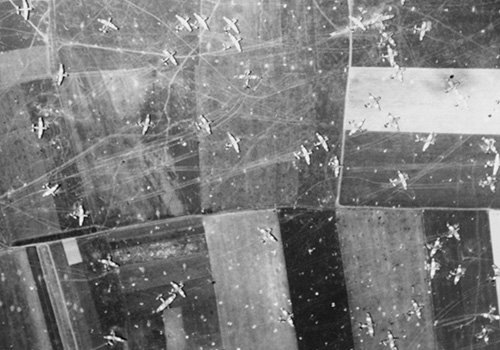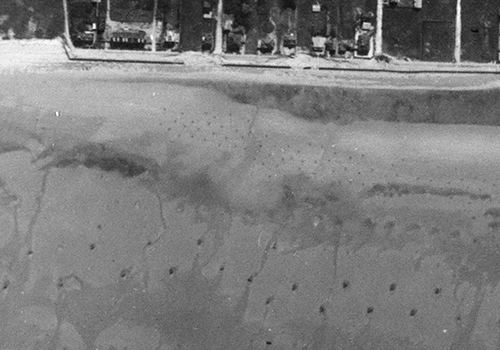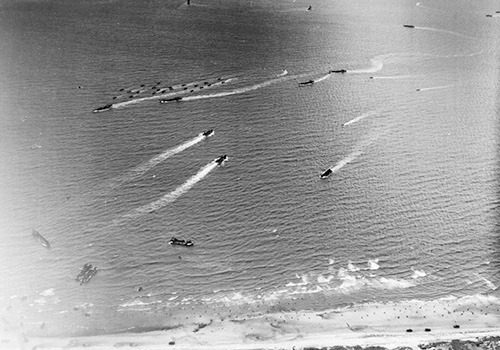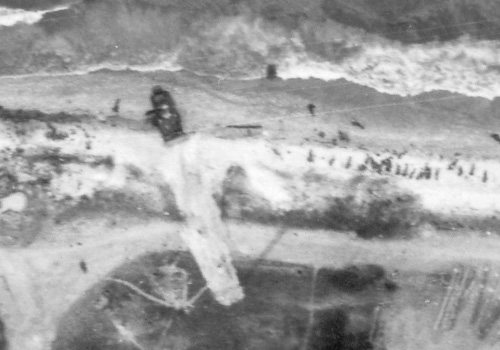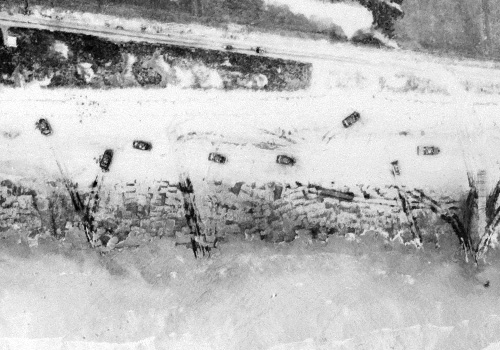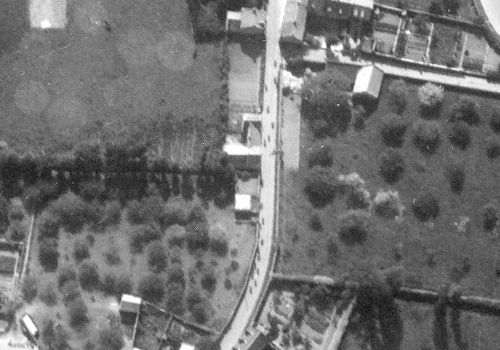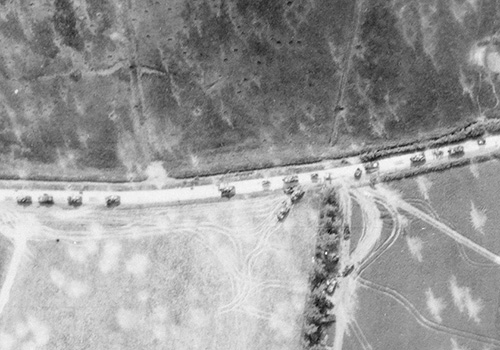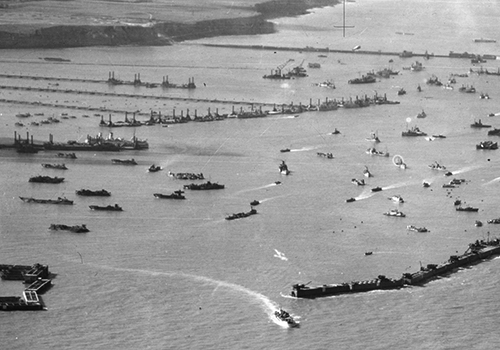The D-Day Landings
Operation OVERLORD, the Allied invasion of occupied Europe, was the turning point of the Second World War. This feature highlights just a few of the events and locations in Normandy affected by the invasion on 6 June 1944.
The Allies
The "D-Day" forces deployed from bases along the south coast of England, the most important of these being Portsmouth.
Allied land forces that saw combat in Normandy on June 6 came from Canada, Free France, the United Kingdom, and the United States. In the weeks following the invasion, Polish forces participated and there were also contingents from Belgium, Czechoslovakia, Greece, and the Netherlands. Most of these countries also provided air and naval support, as did the Royal Australian Air Force, Royal New Zealand Air Force and the Royal Norwegian Navy.
Click on the links below to see more images and information on different aspects of D-Day.



